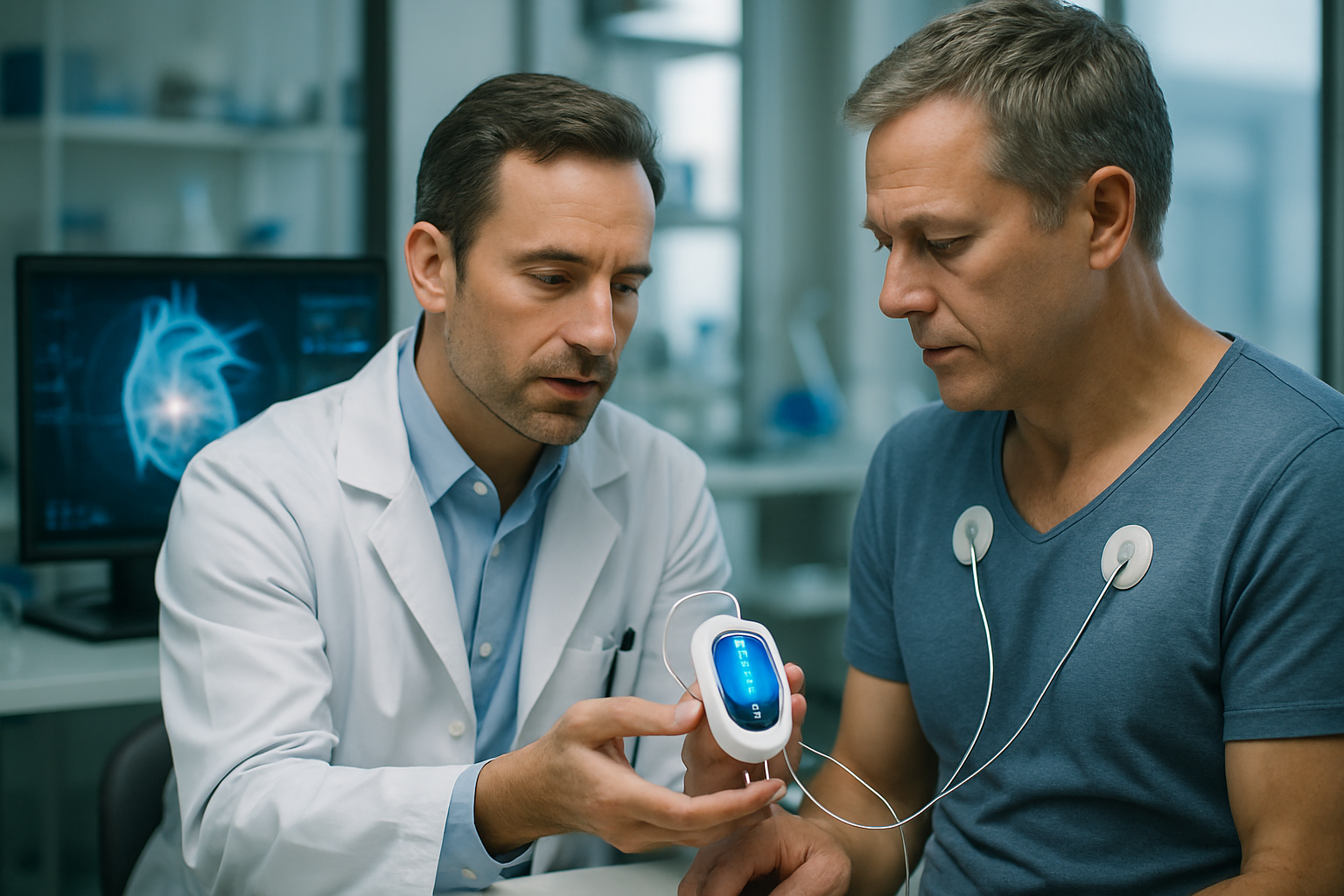How to Control Seizures: Strategies, Monitoring, and Support
Managing seizures effectively requires a comprehensive approach that combines medical oversight, lifestyle adjustments, and proactive planning. For individuals living with epilepsy or seizure disorders, understanding the various control strategies available can significantly improve quality of life and reduce seizure frequency. This multifaceted approach encompasses trigger identification, continuous monitoring, environmental modifications, technological support, and emergency preparedness to create a robust management framework.

This article is for informational purposes only and should not be considered medical advice. Please consult a qualified healthcare professional for personalized guidance and treatment.
Identifying Seizure Triggers
Recognizing what precipitates seizures is fundamental to controlling them effectively. Common triggers include sleep deprivation, stress, flashing lights, certain foods, hormonal changes, and missed meals. Maintaining a detailed seizure diary helps identify patterns and specific triggers unique to each individual. This diary should document the time, duration, and circumstances surrounding each episode, including activities, emotions, sleep patterns, and environmental factors present before the seizure occurred.
Many people discover that their triggers are highly individualized. While some may be sensitive to specific frequencies of light or sound, others might find that dehydration or skipping meals consistently precedes their seizures. Working with healthcare providers to analyze these patterns enables the development of personalized avoidance strategies and lifestyle modifications that can significantly reduce seizure occurrence.
Medical Assessment and Monitoring
Regular medical evaluation forms the cornerstone of effective seizure management. Healthcare providers utilize various diagnostic tools including electroencephalograms (EEGs), brain imaging studies, and blood tests to monitor seizure activity and assess treatment effectiveness. These assessments help determine the type of seizures, their frequency, and any changes in patterns over time.
Continuous monitoring through ambulatory EEG devices or video monitoring can provide valuable insights into seizure patterns that might not be apparent during routine office visits. Healthcare teams often adjust treatment plans based on these monitoring results, ensuring that management strategies remain optimal as conditions evolve. Regular follow-up appointments allow for timely modifications to treatment approaches and help identify any emerging complications or changes in seizure presentation.
Lifestyle and Environmental Strategies
Environmental modifications and lifestyle adjustments play crucial roles in seizure prevention. Maintaining consistent sleep schedules, managing stress through relaxation techniques, and avoiding known triggers can substantially reduce seizure frequency. Creating a seizure-safe environment involves removing sharp objects from living spaces, using protective padding on furniture edges, and ensuring that bathrooms and bedrooms have adequate safety features.
Dietary considerations also influence seizure control for many individuals. Some people benefit from specific dietary approaches, while others find that maintaining stable blood sugar levels through regular meals helps prevent seizures. Exercise, when appropriate and approved by healthcare providers, can improve overall health and potentially reduce seizure frequency by promoting better sleep and stress management.
Supportive Tools and Technologies
Modern technology offers numerous tools to assist with seizure management and monitoring. Wearable devices can detect seizure activity and alert caregivers or medical professionals automatically. These devices use sensors to monitor movement patterns, heart rate, and other physiological changes associated with seizures.
Smartphone applications help track seizures, symptoms, and potential triggers while providing reminders for routine activities and appointments. Some apps connect directly with healthcare providers, allowing real-time sharing of seizure data and facilitating more informed treatment decisions. Home monitoring systems can also provide additional safety measures, particularly for individuals living alone or those at higher risk for injury during seizures.
| Device Type | Provider | Key Features | Estimated Price Range |
|---|---|---|---|
| Seizure Alert Watch | Empatica Embrace2 | Movement detection, alerts | $200-$300 |
| Wearable Monitor | SmartWatch Pro | Heart rate, fall detection | $150-$400 |
| Bed Sensor | SafelyYou | Sleep monitoring, alerts | $300-$500 |
| Mobile App | SeizureTracker | Diary, analytics, sharing | Free-$50/year |
Prices, rates, or cost estimates mentioned in this article are based on the latest available information but may change over time. Independent research is advised before making financial decisions.
Emergency Preparedness
Developing comprehensive emergency plans ensures appropriate responses during seizure events. These plans should include clear instructions for family members, caregivers, and colleagues about when to call emergency services and what immediate actions to take. Medical alert bracelets or cards containing essential information about the individual’s condition and emergency contacts provide crucial information to first responders.
Emergency kits should be readily accessible in homes, workplaces, and vehicles, containing necessary supplies and contact information. Training family members and close friends in basic seizure first aid helps ensure appropriate responses during emergencies. Regular practice and review of emergency procedures maintain preparedness and reduce panic during actual events.
Creating detailed action plans for various scenarios, including prolonged seizures or clusters of seizures, helps caregivers respond appropriately. These plans should specify when to administer emergency interventions, when to seek immediate medical attention, and how to provide comfort and support during recovery periods.
Managing Seizures Safely
Successful seizure management requires ongoing collaboration between individuals, their healthcare teams, families, and support networks. This comprehensive approach combines medical monitoring, lifestyle modifications, environmental safety measures, and emergency preparedness to create an effective control strategy. Regular reassessment and adjustment of management plans ensure continued effectiveness as circumstances and needs change over time.
The integration of traditional medical approaches with modern monitoring technologies and personalized lifestyle strategies offers individuals with seizure disorders greater control over their condition. Through careful attention to triggers, consistent medical oversight, and proactive safety planning, many people achieve significant improvements in seizure control and overall quality of life.




